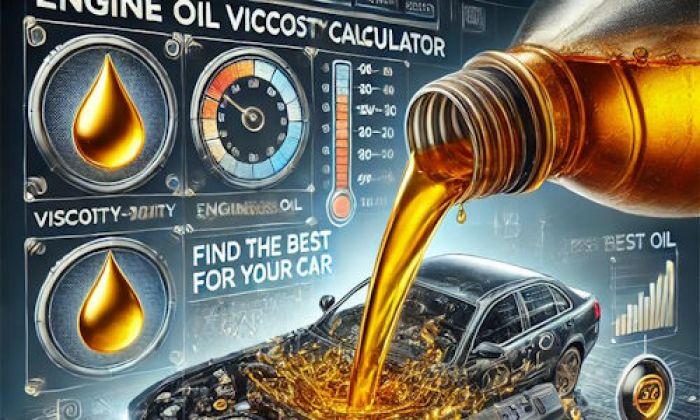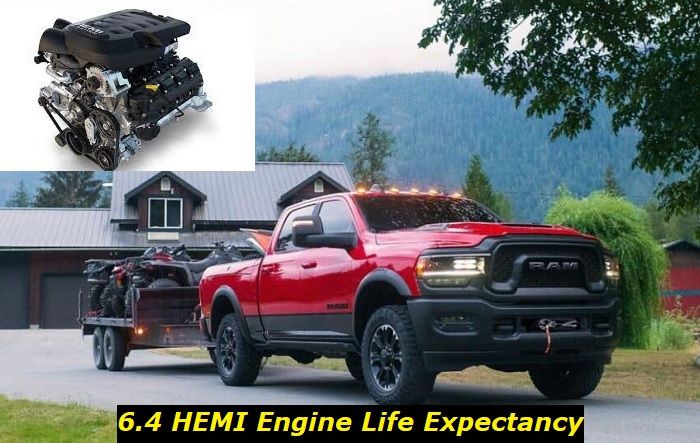Your automatic transmission doesn't go into gear after fluid change because of wrong fluid, incorrect fluid level, clogged hydraulic system, or mechanical damage. Also, there can be a problem with the shifter that is worth checking, in this case.
Transmission no-shift problem highlights
- Level of importance:High
- Reasons:Control module failure, low fluid,badfluid, mechanical issues
- Needed expertise:High
- Needed tools:Professional tools set
- Time taken:5-10 hours
- Can you drive? Yes, if some gears engage
- Possible issues: Fatal transmission damage, car stationary.

Symptoms of automatic transmission not going into gear
I want to make sure we are on the same page before making you read all the information below. So, I'm talking today about the situations when you have just changed the fluid in your automatic transmission and then tried to drive and failed to do it. The transmission may not go into D or R at all physically - so you just can't move the shifter to any position but P. Or the shifter will move but the transmission won't shift.
It's quite an unusual thing to encounter in your vehicle, especially after you invested money in the transmission and changed the fluid. You are frustrated because you expected the transmission to work better than before after all these expensive procedures. But now it doesn't work at all. And I'm afraid I don't give you any good news - there is a problem with your transmission and you will have to pay some money to fix it.
What are the problems that trigger this symptom?
Transmission problems after the fluid change can happen in some cases. Usually, the reason is in the transmission itself, but sometimes your mechanic can be the culprit. Different types of automatic transmissions have different procedures for changing fluid and filters. Sometimes, the transmission needs to be taken off the car for this. And, in this case, you should consider some mistakes of your mechanic.
So, here are the most common reasons for the issue when your automatic transmission doesn't go into gear after the fluid change:
1. Inappropriate fluid
I would start the investigation with the type of fluid you bought for the transmission. It differs just like engine oil in viscosity and some other factors. While some transmissions need some common types of transmission fluid, some other types require only special types of materials. The fluid in traditional automatic transmissions is the key element that affects the work of the torque converter and hydraulic module. So, if the fluid is inappropriate, the system will just not be working at all.
If you find out that the fluid is inappropriate, the only solution is to change it. Also, make sure the mechanic cleans the transmission after flushing the bad fluid and before refilling it with the new fluid. Also, the filter will have to be changed again.
2. Low fluid level
Different types of transmissions require different volumes of fluids during change. While DCTs and CVTs use more or less the same amount of fluid as a manual transmission, a traditional automatic transmission will use three or four times more fluid. Sometimes, inexperienced mechanics can add less fuel than needed.
If this is the case, the transmission will not go into gear or will slip when you try to accelerate. Also, the transmission warning light (the gear with the exclamation mark inside) will light up on the dash. Adding fluid to the transmission will save the transmission and will most likely solve all the problems.
3. Contaminated hydraulic block
In traditional automatic transmissions, there is a very complicated hydraulic block with hundreds of passages for fluid. If it gets clogged, the transmission may punch when shifting, go crazy, or just refuse to work at all. It may be that before the fluid change, your transmission worked but wasn't feeling good. But after fluid change it got dead.
Hydraulic block contamination is one of the reasons for this problem. You can't see and check it without taking apart the entire transmission. But if nothing else works, this may be the number one reason why this happens to your car.
4. Clogged transmission filter
Again, it may have been working before more or less OK, but after fluid replacement, the filter is completely dead and can't let the fluid through it. This will affect the performance of the transmission and, in some cases, may even cause no-shift issues. So, filter change is crucial every time you change the fluid in the transmission.
5. Problems with assembling the transmission
If the transmission was taken off the vehicle and disassembled for filter replacement and some other procedures, there is a high risk of bad assembly. For example, the torque converter may not be put in its working position, or some bolts weren't tightened properly when assembling the transmission. This will cause issues with the entire system and, in some cases, the transmission will not shift.
The only solution, in this case, is to let professionals take the transmission off and check whether everything is OK in it, then they will put it on the engine and it should work well.
6. Damaged transmission control module
This is especially worth checking in dual-clutch transmissions like PowerShift or DSG which have their transmission control modules under the hood of the car. If the module is damaged mechanically or by water, it will malfunction and go crazy. If your DCT unit doesn't shift, this is the first thing you should check.
Damaged TCM can be a big and expensive problem to solve. In some cases, you will even need to replace it and these modules aren't cheap. So, you better find who is in charge of the problem.
7. The shifter is faulty
Although this issue is not likely to be connected to the fluid change, you need to check it before making any conclusions. Maybe, your mechanic forgot to plug some connection and now the shifter is not connected to the transmission, so your transmission just has no clue that you are trying to drive. But in most cases, the shifter may be broken. It happens with some high-mileage cars and the repair is usually the replacement of the shifter assembly.
Can you somehow drive your car in such a case?
If your transmission doesn't shift, you can't drive in a normal D mode. You put the shifter in D but the transmission doesn't do what you expect it to do. So, the car won't move. But you can still try some tricks and maybe you'll be able to drive your car to the repair shop or dealership without calling a tow truck and paying extra.
Here are some things to try:
- use R mode - maybe, your transmission will be able to move on Reverse gear and you will be able to slowly move;
- shift to manual mode - if your transmission has a manual mode, shift to it and try shifting gears manually;
- use your paddle shifters - if your vehicle has paddle shifters, they can help you with shifting the transmission in your vehicle even if the shifter is faulty;
- try disconnecting your battery for 5 minutes - it may help you reset the TCM and solve the problem, at least for some time.
Nothing helps? Then you should call a tow truck and get your vehicle delivered to the dealership or repair shop. Avoid towing the car with a tow rope because this can damage your transmission even more.
What should you know about the fluid change in transmissions?
Automatic transmissions all require fluid change. It is not needed as often as the engine oil change, usually, manufacturers set about 60,000-mile intervals for changing transmission fluid and filter. While you can change the fluid for the first time at 60K miles, all other changes I recommend planning after 30,000 miles. This will allow you to use your transmission much longer without the need to repair it.
The importance of fluid change depends highly on the type of transmission. While for torque-converter transmissions it's super important, some DCT units may not need transmission fluid change at all.
It's important that you know the nature of your transmission and understand what professionals recommend in terms of fluid change. Also, it's vitally important to buy optimal fluid of the needed type and a high-quality (better take OEM) transmission filter.
Final thoughts
If your automatic transmission doesn't go into gear after the fluid change, it's important to locate the problem first. Because if you start repairing all the possible issues, you will spend thousands of dollars. Go to the repair shop that changed the fluid and ask the mechanic what can be wrong. Unfortunately, there are no DIY inspection methods or DIY repairs that I can recommend here because your automatic transmission is a pretty complicated and expensive unit that doesn't forgive any mistakes in repair or maintenance.
About the authors
The CarAraC research team is composed of seasoned auto mechanics and automotive industry professionals, including individuals with advanced degrees and certifications in their field. Our team members boast prestigious credentials, reflecting their extensive knowledge and skills. These qualifications include: IMI: Institute of the Motor Industry, ASE-Certified Master Automobile Technicians; Coventry University, Graduate of MA in Automotive Journalism; Politecnico di Torino, Italy, MS Automotive Engineering; Ss. Cyril and Methodius University in Skopje, Mechanical University in Skopje; TOC Automotive College; DHA Suffa University, Department of Mechanical Engineering






Add comment